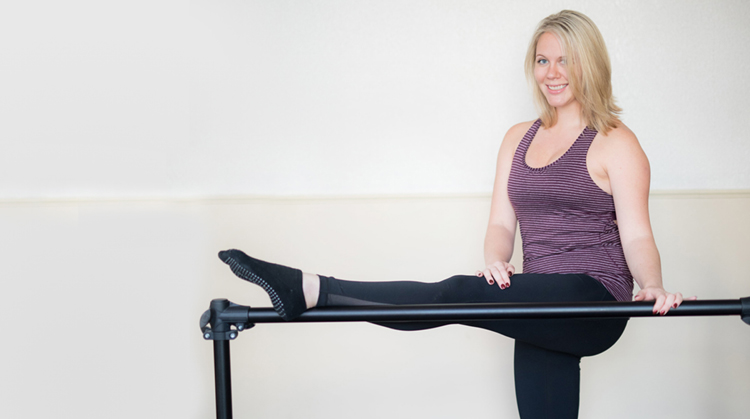
When she was 23, Morgan broke her big toe and it was placed in a cast. She expected a quick recovery, but nearly a week later she was still experiencing severe pain. Unable to tolerate the restriction of the cast, she had it removed.
Two weeks after the injury, her foot was still discolored and swollen, and she was experiencing an intense burning pain. "I was terrified, I did not understand how a broken toe could cause this much pain," she said.
One afternoon, while taking a shower, her foot turned purple and the pain became so unbearable, it caused Morgan to pass out. She was taken to the emergency room, where she was given a referral to see a neurologist.
The neurologist prescribed Morgan numerous medications, including opioids (prescription painkillers). "The opioids made me very lethargic and did not help my pain," she said. "I was having trouble staying awake in my college courses and was completely unable to work. I felt like I was outside of my body."
After visiting with several specialists and pain management clinics, she went to Cincinnati Children's Hospital Medical Center. There, she met with a group of clinicians who diagnosed her condition as complex regional pain syndrome. They designed a plan of care focused on treating the pain instead of masking it with medication.
She began working with physical therapist Nancy R. Durban, PT, DPT, 2-3 times a week.
Morgan's treatment included aquatic physical therapy, balance training, and simple exercises that required mental and physical coordination. Soon, she was better able to manage the pain and became more tolerant of simple tasks such as wearing shoes, feeling different textures on her foot, and walking. "I was soon in a walking boot and on limited medications," she said of her progress. "And though I still required multiple procedures, Nancy and the physical therapy team continued to work with me, supporting me every step of the way."
"For the first 3 months, I felt like no one understood what I was going through or could relate to my pain or fears," she said. "My physical therapist gave me emotional and physical support, educated me about my CRPS, and gave me a voice to accurately describe what I was feeling. I was being heard and understood; my pain was decreasing."
Over a year later, Morgan is pain free and is off all medications. She is working multiple jobs and completing her master's degree. "It would have been easy to mask my pain and become dependent on narcotic medications," she said. "Physical therapy saved my life and gave me back my future."
Listen to Morgan's story on Move Forward Radio.
Explore more patient stories like this one!
Learn more about complex regional pain syndrome.
Physical therapists are movement experts who improve quality of life through hands-on care, patient education, and prescribed movement. You can contact a physical therapist directly for an evaluation. To locate a physical therapist in your area, visit Find a PT.


